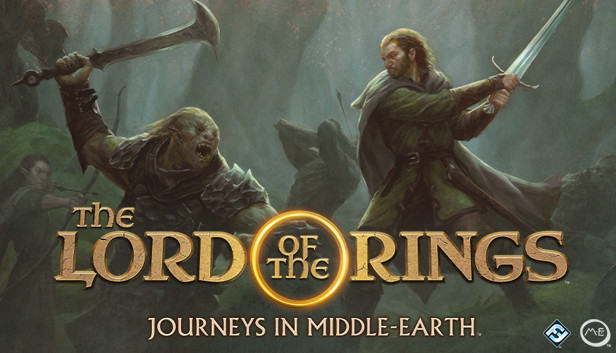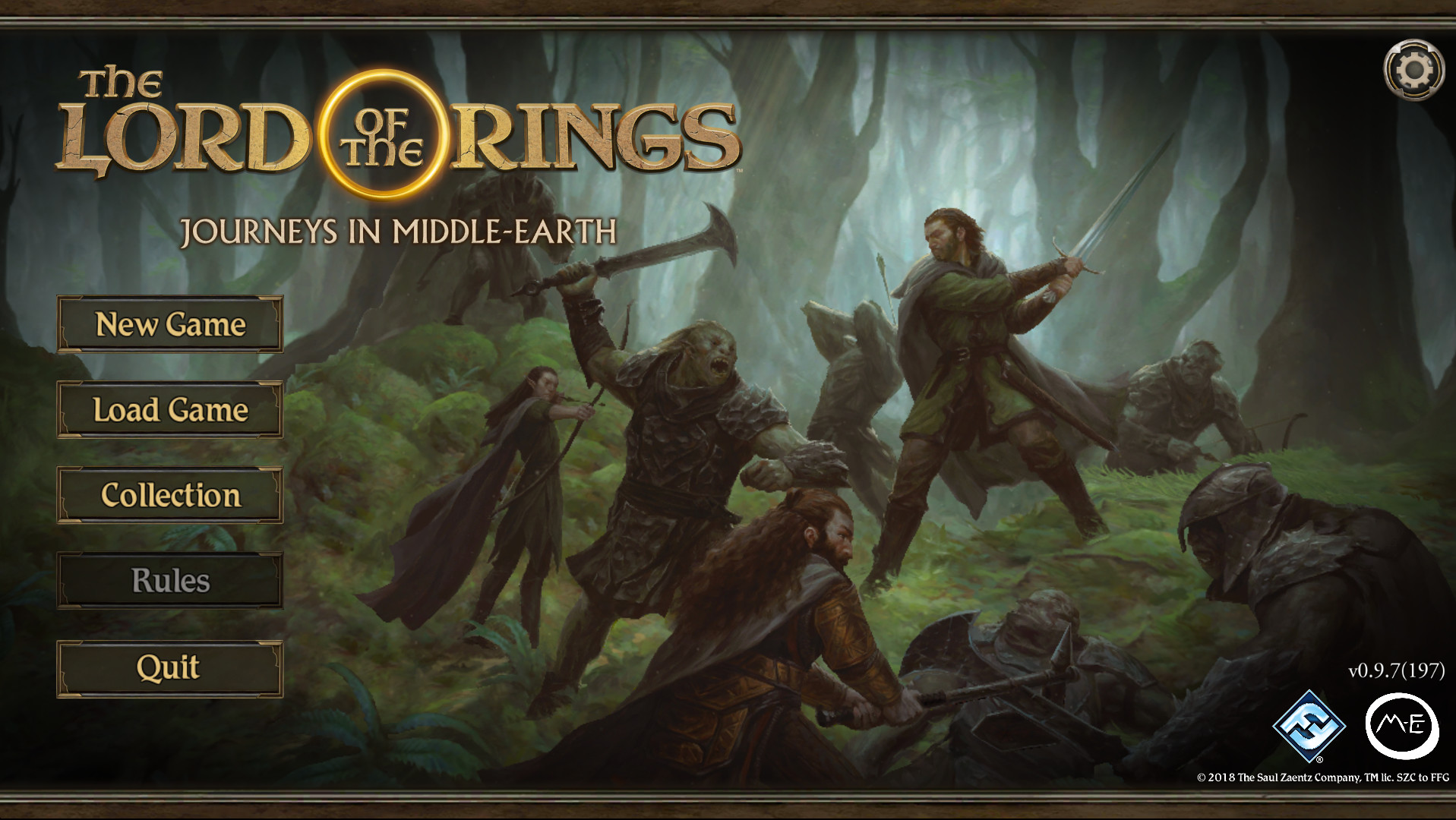Ring Flight Mac OS
| Developer | Terry A. Davis |
|---|---|
| Written in | HolyC and x86 Assembly |
| Working state | Finished |
| Source model | Open source |
| Initial release | 2005; 16 years ago (as J Operating System) 2013; 8 years ago (as TempleOS) |
| Latest release | 5.03 / 20 November 2017; 3 years ago |
| Platforms | x64 |
| Kernel type | Monolithic |
| Default user interface | 640x480 16 Color Graphics |
| License | Public domain |
| Official website | templeos.org |

TempleOS (formerly J Operating System, LoseThos, and SparrowOS) is a biblical-themed lightweight operating system designed to be the Third Temple prophesied in the Bible. It was created by American programmer Terry A. Davis, who developed it alone over the course of a decade after a series of manic episodes that he later described as a revelation from God.
The system was characterized as a modern x86-64Commodore 64, using an interface similar to a mixture of DOS and Turbo C. Davis proclaimed that the system's features, such as its 640x480 resolution, 16-color display and single audio voice, were designed according to explicit instructions from God.[1] It was programmed with an original variation of C (named HolyC) in place of BASIC, and included an original flight simulator, compiler and kernel.
TempleOS was released as J Operating System in 2005, as TempleOS in 2013, and was last updated in 2017. It was received with largely favorable reviews in tech communities and Davis amassed a small online following.[2]
- Download apps by Ring.com, including Ring - Always Home, Neighbors by Ring, Rapid Ring, and many more.
- The flight engine allows you to navigate the entire globe, but pay attention to fuel capacity and make sure to ask for in-flight refueling in time. Aircrafts: F/A-18 Super Hornet.
- Search with Spotlight on Mac. Spotlight can help you quickly find apps, documents, and other files on your Mac. With Siri Suggestions, you can also get the latest news, sports scores, weather conditions, and more. Spotlight can even perform calculations and conversions for you.
I am brand new to the Mac OS and one of the programs I would really like to use is X-Plane. My System Report indicates that it recognizes my joystick as connected to a USB port. I downloaded the X-Plane demo and the settings menu within the simulator software does not recognize the joystick. Fortnite Battle Royale. Free 1 Fortnite: Battle Royale is a Free-to-play (F2P) video game with Battle.
Background[edit]
Terry A. Davis (1969–2018) began experiencing regular manic episodes in 1996, leading him to numerous stays at mental hospitals. Initially diagnosed with bipolar disorder, he was later declared schizophrenic and remained unemployed for the rest of his life.[1] He suffered from delusions of space aliens and government agents that left him briefly hospitalized for his mental health issues.[1][3] After experiencing a self-described 'revelation', he proclaimed that he was in direct communication with God, and that God told him the operating system was for God's third temple.[1]
Davis began developing TempleOS circa 2003.[4] One of its early names was the 'J Operating System' before renaming it to 'LoseThos', a reference to a scene from the 1986 film Platoon.[1] In 2008, Davis wrote that LoseThos was 'primarily for making video games. It has no networking or Internet support. As far as I'm concerned, that would be reinventing the wheel'.[5] Another name he used was 'SparrowOS' before settling on 'TempleOS'.[6] In mid-2013, his website announced: 'God's temple is finished. Now, God kills CIA until it spreads [sic].'[7] Davis died after being hit by a train on August 11, 2018.[2]
System overview[edit]
TempleOS is a 64-bit, non-preemptive multi-tasking,[8]multi-cored, public domain, open source, ring-0-only, single address space, non-networked, PC operating system for recreational programming.[9] The OS runs 8-bit ASCII with graphics in source code and has a 2D and 3D graphics library, which run at 640x480 VGA with 16 colors.[6] Like most modern operating systems, it has keyboard and mouse support. It supports ISO 9660, FAT32 and RedSea file systems (the latter created by Davis) with support for file compression.[10] According to Davis, many of these specifications—such as the 640x480 resolution, 16-color display and single audio voice—were instructed to him by God. He explained that the limited resolution was to make it easier for children to draw illustrations for God.[1]
The operating system includes an original flight simulator, compiler, and kernel.[4] One bundled program, 'After Egypt', is a game in which the player travels to a burning bush to use a 'high-speed stopwatch'. The stopwatch is meant to act as an oracle that generates pseudo-random text, something Davis likened to a Ouija board and glossolalia.[6] An example of generated text follows:
among consigned penally result perverseness checked stated held sensation reasonings skies adversity Dakota lip Suffer approached enact displacing feast Canst pearl doing alms comprehendeth nought[6]
TempleOS was written in a programming language developed by Davis as a middle ground between C and C++, originally called 'C+' (C Plus), later renamed to 'HolyC'.[6] It doubles as the shell language, enabling the writing and execution of entire applications from within the shell. The IDE that comes with TempleOS supports several features, such as embedding images in code. It uses a non-standard text format (known as DolDoc) which has support for hypertext links, images, and 3D meshes to be embedded into what are otherwise standard ASCII files; for example, a file can have a spinning 3D model of a tank as a comment in source code. Most code in the OS is JIT-compiled, and it is generally encouraged to use JIT compilation as opposed to creating binaries.[11] Davis ultimately wrote over 100,000 lines of code for the OS.[4]
Critical reception[edit]
TempleOS received mostly favorable reviews. Tech journalist David Cassel opined that this was partly because 'programming websites tried to find the necessary patience and understanding to accommodate Davis'.[4]TechRepublic and OSNews published positive articles on Davis's work, even though Davis was banned from the latter for hostile comments targeting its readers and staff.[4] In his review for TechRepublic, James Sanders concluded that 'TempleOS is a testament to the dedication and passion of one man displaying his technological prowess. It doesn't need to be anything more.'[6] OSNews editor Kroc Camen wrote that the OS 'shows that computing can still be a hobby; why is everybody so serious these days? If I want to code an OS that uses interpretive dance as the input method, I should be allowed to do so, companies like Apple be damned.'[4] In 2017, the OS was shown as a part of an outsider art exhibition in Bourogne, France.[12]

Legacy[edit]
After Davis's death, OSNews editor Thom Holwerda wrote: 'Davis was clearly a gifted programmer – writing an entire operating system is no small feat – and it was sad to see him affected by his mental illness'.[13] One fan described Davis as a 'programming legend', while another, a computer engineer, compared the development of TempleOS to a one-man-built skyscraper.[2] The engineer had previously spoken to Davis at length and believed that Davis could have been a 'Steve Jobs' or a 'Steve Wozniak' were it not for his illness.[4] He added that it 'actually boggles my mind that one man wrote all that' and that it was 'hard for a lay person to understand what a phenomenal achievement' it is to write an entire operating system alone.[2]
While obscure at first, TempleOS gradually spawned a notable cult following online after being featured by prominent YouTubers such as Linus Sebastian,[14] introducing millions of tech enthusiasts to Davis's work.
While TempleOS is in the public domain, his family has wished for fans to donate to the National Alliance for Mental Illness and other organizations 'working to ease the pain and suffering caused by mental illness'.[7]
See also[edit]
Ring Flight Mac Os Catalina
References[edit]
- ^ abcdefHicks, Jesse (November 25, 2014). 'God's Lonely Programmer'. VICE Motherboard. Retrieved 2015-04-21.
- ^ abcdCecil, Neita (September 7, 2018). 'Man killed by train had tech following'. The Dalles Chronicle.(subscription required)
- ^Bruet-Ferréol, Quentin (May 13, 2014). 'Temple OS, un système d'exploitation pour parler à Dieu codé par un fou génial'. Slate.fr (in French). Retrieved 2015-04-21.
- ^ abcdefgCassel, David (September 23, 2018). 'The Troubled Legacy of Terry Davis, 'God's Lonely Programmer''. The New Stack.
- ^Davis, Terry A. (2008). 'The LoseThos IBM PC Operating System'. LoseThos. Archived from the original on December 16, 2008.
- ^ abcdefSanders, James (January 21, 2014). 'TempleOS: an educational tool for programming experiments'. TechRepublic. Retrieved 2015-04-21.
- ^ abDavis, Terry A. (2013). 'The Temple Operating System'. TempleOS. Archived from the original on July 3, 2013.
- ^Davis, Terry A. (n.d.). 'Scheduler'. The TempleOS Source Code. Archived from the original on 2016-06-01. Retrieved 2018-06-16.
- ^Mathieu, Bruno (November 28, 2014). 'TempleOS : le système d'exploitation qui parle à Dieu' [TempleOs: The operating system that talks to God]. Tom's Guide (in French). Retrieved 2015-04-21.
- ^Davis, Terry A. (n.d.). 'The Temple Operating System'. www.templeos.org. Archived from the original on 2017-03-31. Retrieved 2017-03-30.
- ^Mitton, Richard (June 8, 2015). 'A Constructive Look At TempleOS'. www.codersnotes.com. Retrieved 2017-03-30.
- ^Godin, Philippe (2017-01-13). 'la Diagonale de l'art - ART BRUT 2.0'. Libération (in French). Archived from the original on 2017-03-11. Retrieved 2021-03-22.
- ^Holwerda, Thom (September 8, 2018). 'Creator of TempleOS, Terry Davis, has passed away'. OSNews. Retrieved January 6, 2019.
- ^I've never seen ANYTHING like this before... Temple OS, retrieved 2021-02-12